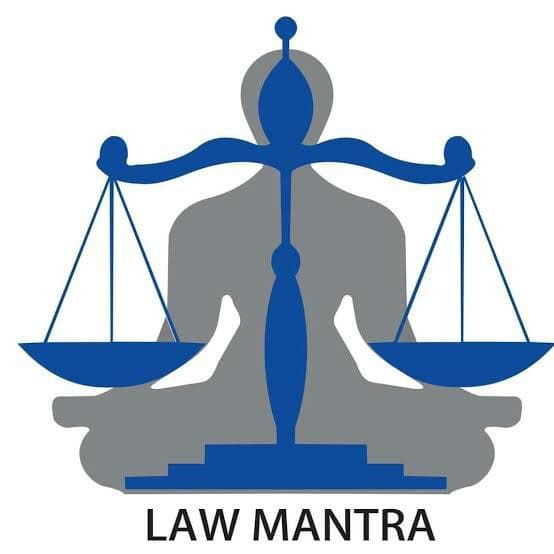Beneficial Construction rule has been a part of Harmonious construction for interpretation of the statutes. It is and advantageous rule of interpretation for the members of the society which preserves them from any kind of hardships being created through the law on the subject- matter they are fighting for.
This rule of interpretation has a negative as well as a positive series of components involved with it. As, in harmonious construction courts try to harmonize the two different laws on one subject- matter, according to this beneficent rule of interpretation while harmonizing the two different laws, the focus is to try to reduce the hardship of the parties by adopting or giving importance to the law which benefits the parties more in comparison two both the laws being lead upon the same subject – matter.
The idea behind this rule is to protect the interests of the parties by avoiding the law which would create hardship on people or by accommodating it in such manner that it would not impact the interests of parties adversely.
Social interest is foremost, and it should be the aim of the courts as that would be the road way forward to peace and social solidarity as well. Courts should adopt such construction which extends the beneficial nature of a law and not the adverse path of stones. Therefore, it should be interpreted in such a way that it does not harm the wellbeing.
Though, this would not mean that the justice is denied by creating a social interest. Justice is the main ingredient of any Court of Law, which should only aim at extending Justice as its main proponent. So, when there are two overlapping laws on a particular matter, they should be elaborated in such way that they neither deny justice nor do they create any sort of hardship.
Empathy is one aspect that the Judges or Court Of Law has to sideline while deciding upon on any matter as that creates ambiguities and fallacious aspects and doubts towards them. These components of social order are never a part of Court Of Law, liberalism could be one of the components but only to the extent of which statutory scheme claims it to be under it. Otherwise violations are the next step to it which would amount to penalties and by that the problem of hardship which we have been trying to avoid occurs yet again.
For instance:
In the case of Sant Ram v Rajinderlal, the Supreme Court said that welfare legislation must be interpreted in a Third World perspective favouring the weaker and poor section. It has also been laid down in the case of labour legislation that courts should not stick to grammatical constructions but also have regard to ‘teleological purpose and protective intendment’ of the legislation. Interpretation of labour legislation should be done by the courts with more concern with the colour, the context and the content of the statute rather than its literal import.
B Shah v Presiding Officer, Labor Court, court applied beneficent rule of construction in construing section 5 of the Maternity Benefit Act, 1961, which makes the employer liable to pay maternity benefit to woman worker at the rate of average daily wage for the period of her actual absence immediately preceding and including the day of her delivery and for six weeks immediately following that day. The court held that Sundays must also be included and held that the Act was intended not only to subsist but also make up for her dissipated energy and take care of child. The Act was read in the light of Article 42 of the Indian Constitution.
Therefore, by all the above stated cases it is inferred that the Court Of Law has showed that the rules of interpretation are not just on paper and in fact they have been well implemented in various cases while keeping in mind the “justice not denied”. Not denying the fact that in few of the cases court must have been negligent to some extent in this aspect but that would not mean that we should lose the faith and trust by encountering those events. As it is the supreme authority of the nation whose sole aim is to grant Justice by fair means in the interest of the society and their well-being.
BY: DEVIKA SHARMA
